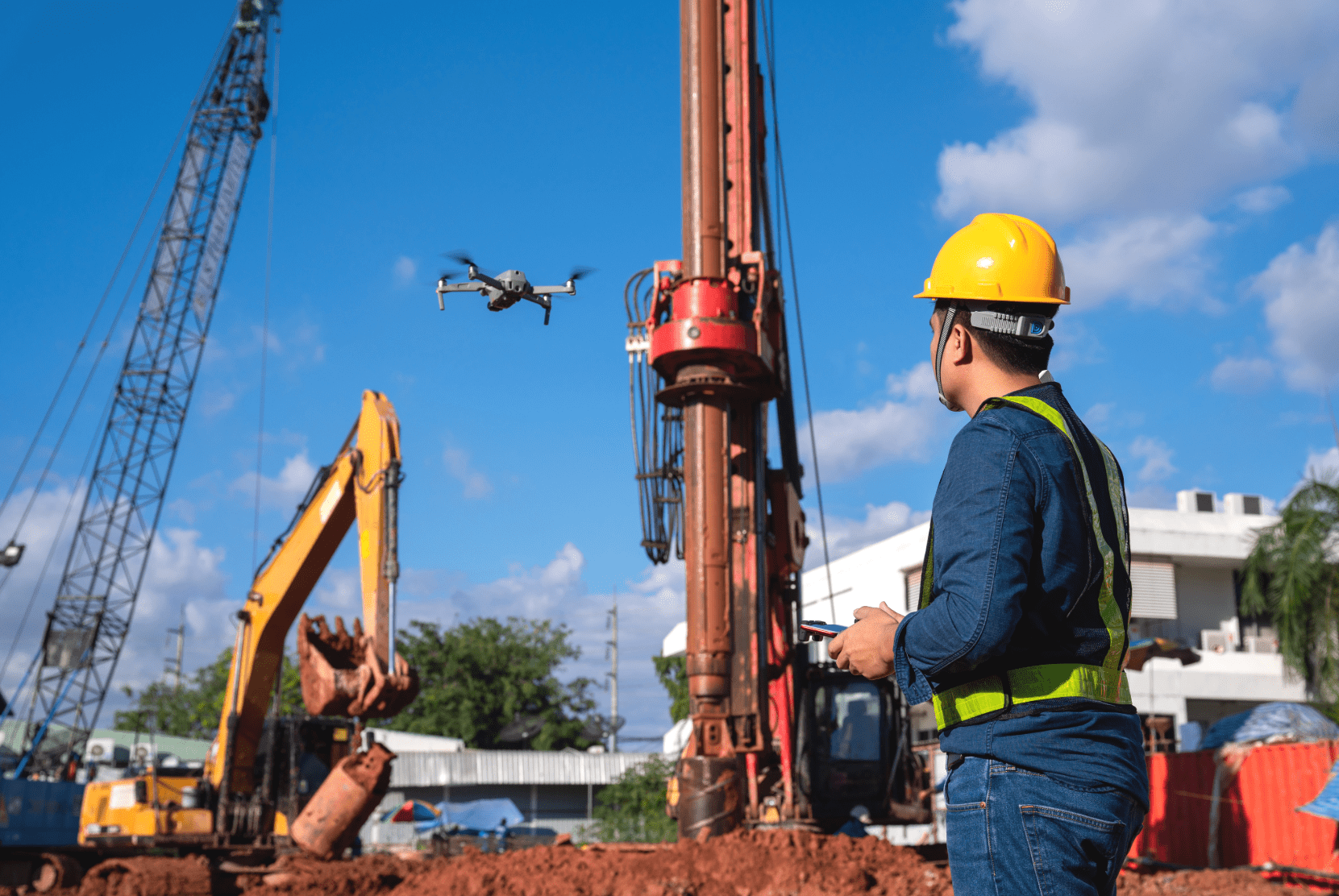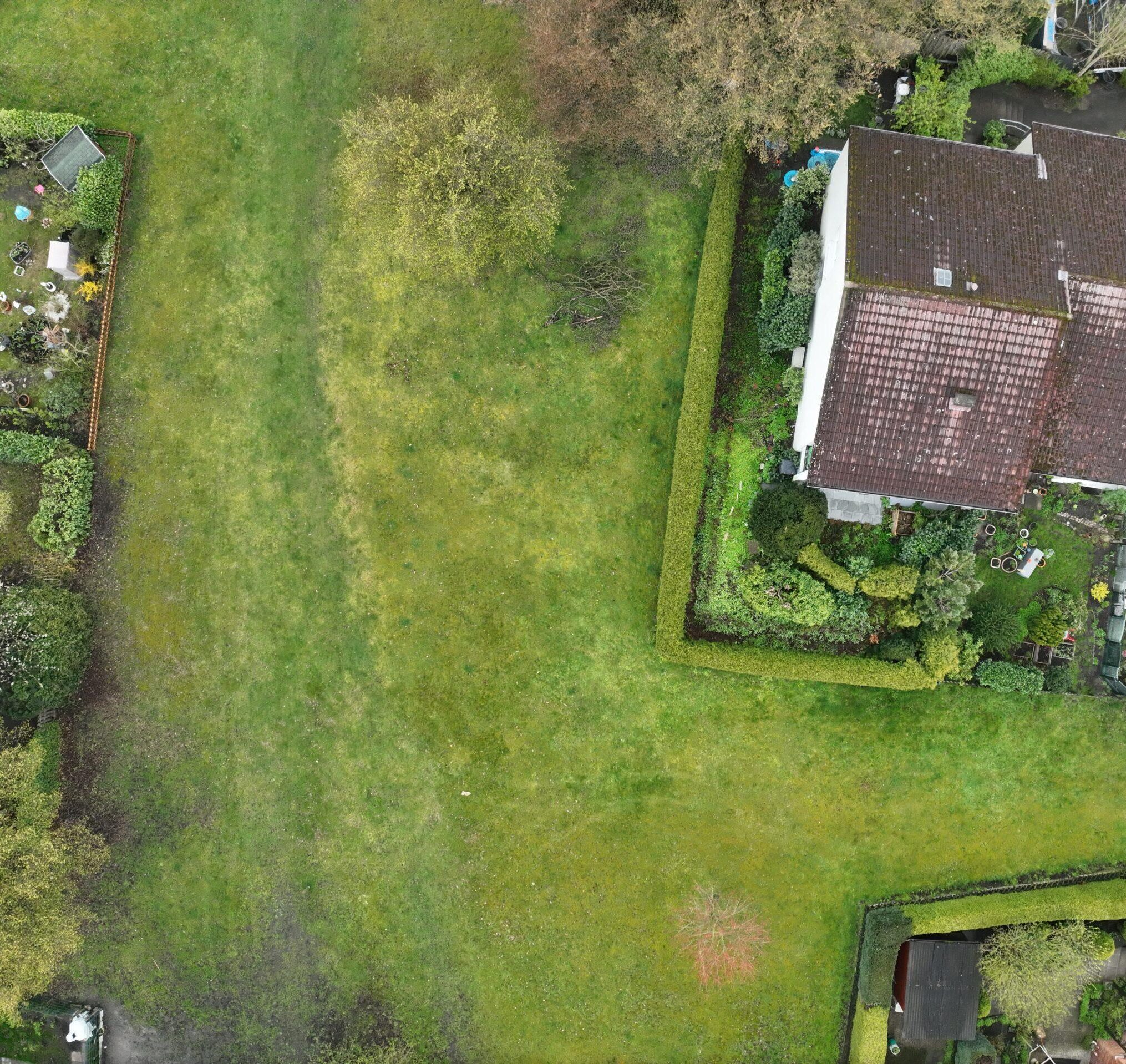Corporate strategies regarding drones
Drones: Better do it yourself?
Over the past two years, we have seen numerous companies working with unmanned aerial vehicles and also with the intention of using this technology. While 2 years ago there was a trend to procure equipment themselves as a first step, today we are experiencing a development that is different. At the core of this consideration is the question of whether the company would like to operate its own drones or whether these capabilities should be purchased.
Integration of drones in retrospect
In order to operate their own equipment, many companies in the past proceeded in such a way that drones were initially procured on the free market. Subsequently, it was often determined that the operational basics of the operation were neither understood nor that the companies were in a position to use the purchased equipment in a targeted and economically viable manner. So we had the spectacular case in 2015 that a global industrial company had invested €300,000 in the corresponding hardware for multiple systems, only to find that it was not possible to integrate the hardware into its operations.
Trend reversal
Especially in the last 12 months, a trend reversal in this attitude became apparent. Companies now procure equipment much less frequently in the first place without dealing with the specific application cases in the company. While the practice of investing in tangible assets continues, many project managers have recognized that the issue of deploying unmanned aerial systems is much more complex than simply buying a drone.
It has been learned that it is more important to invest in intangible capabilities. The complete value chain of planning, flying, and analysis is moving more and more into focus. In the meantime, many industrial companies are also realizing that the unmanned aeronautical system is not an egalitarian means to an end, but that the intended purpose very concretely defines the choice of assets including payload. Therefore, especially in 2017, we noticed that companies were working on concrete pilot applications, which were initially implemented individually, in a limited and very focused manner. The companies benefited from the customer role because they were able to fall back on established professional providers.
With this help, it was often possible to implement a concrete project without high investment costs and at the same time achieve concrete results. Companies were able to significantly advance the learning process. It is almost obvious that the decision for an external service provider seems to be the right one, to build up one’s own skills laboriously in the company.
Integration of drones into the company
Even if the commissioning of external service providers brings cost advantages, quick learning success and directly usable results, this does not always have to be the right strategy for every company. In the beginning, it is advantageous to compare the results to be achieved with the company’s own needs and to evaluate the use case. In the medium term, however, companies benefit significantly from building up their own capabilities and know-how along the entire value chain. This is especially the case when the costs for commissioning external service providers exceed the costs for in-house operation. At the same time, the development of own resources also increases the long-term competitiveness and sustainability of companies in specific markets. The decisive parameters are in particular the type and frequency of the application, which can also be quantified according to the number of flights. The data to be collected can also be a factor in decision-making within the company.
The resulting operational procedures must of course also be taken into account. Many companies still have a lot of catching up to do here.
Hybrid integration is the most effective approach
For this reason, we have been pursuing the hybrid integration of unmanned aerial systems with several industrial companies since 2017. In pilot projects, we fly specific applications ourselves, achieve concrete results and re-evaluate the integration conditions from flight to flight. In this way, we pursue a long-term integration strategy with the companies as partners on the basis of various application cases and accompany these ambitious companies on a long-term basis. For example, it is possible that within a company an external contract may be awarded for a specific application case even years later. In this way, we ensure that companies can make the right decisions without having specific expertise.
As a result, we deliver a functional value chain, regardless of the assets or service providers used, that is geared to the company’s specific needs.
We would, therefore, be pleased to support your company with a first free workshop.
The FlyNex Team




